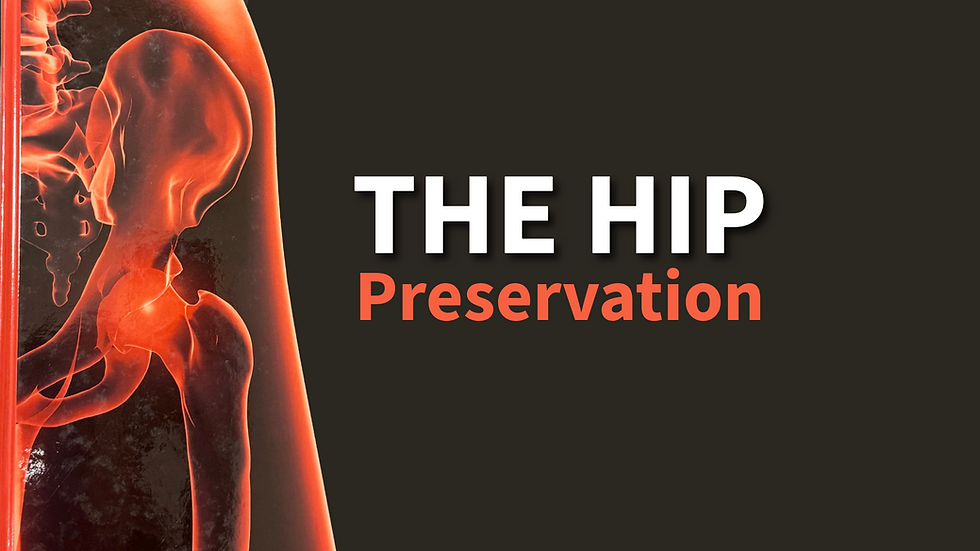Periprosthetic Joint Infection (PJI) and How is it Treated
- JAVAD PARVIZI

- Aug 17
- 2 min read
Updated: Oct 8
Periprosthetic Joint Infection (PJI) is an infection that occurs around a joint replacement implant, such as a hip or knee replacement. It happens when bacteria enter the area around the artificial joint, leading to pain, swelling, and difficulty moving the joint.
Signs & Symptoms of PJI

You may have a joint infection if you experience:
🔹 Persistent pain in the replaced joint.
🔹 Swelling, redness, or warmth around the joint.
🔹 Fluid leakage (drainage) from the wound.
🔹 Fever or chills (in some cases).
🔹 Difficulty moving the joint or feeling unstable.
Treatment Options for PJI
Treatment depends on how severe the infection is and when it occurs after surgery.
1️ Antibiotic Therapy (For Early, Mild Cases)
If the infection is caught early, it may be treated with strong antibiotics through an IV or pills.
Sometimes, a surgical cleaning (debridement) is needed to remove bacteria and infected tissue.
2️ DAIR Procedure (Debridement, Antibiotics, and Implant Retention)
This is used if the implant is still stable.
The surgeon cleans the infected area, replaces the plastic part of the joint, and gives long-term antibiotics to clear the infection.
3️ Two-Stage Revision Surgery (For Severe Infections)
First surgery: The infected implant is completely removed, and a temporary spacer with antibiotics is placed.
Second surgery: After weeks or months of antibiotics, a new joint implant is inserted.
This is the gold standard for treating chronic infections.
4️ One-Stage Revision Surgery (For Some Chronic Cases)
The infected implant is removed and replaced with a new one in a single procedure.
This option is used in selected patients and can speed up recovery.


Comments